8 Beginner Mistakes to Avoid for Beautiful Roses
Rose-growing can be a rewarding experience, but beginners often encounter common mistakes that affect plant health.
Overwatering, incorrect pruning, and poor sun exposure can all impact blooms.
Learning to avoid these pitfalls helps roses thrive beautifully.
Incorrect Watering
Watering roses requires careful attention.
Too much water can lead to root rot, which harms the plant and reduces its blooms.
On the other hand, not enough moisture leaves your roses looking sad and lifeless.
During humid days, keeping water off the leaves is wise; wet foliage can invite diseases that cause unsightly spots and may even drop buds prematurely.
Keeping a watchful eye on your watering habits ensures healthy growth and vibrant flowers in your garden.
Failure to Prune
Pruning a rose plant serves as an essential step in nurturing its health and beauty.
Timing plays a crucial role; late winter or early spring marks the perfect moment for this task, right after the last frost has passed.
Using shears ensures that cuts are clean, helping to maintain the integrity of each stem while shaping your roses into lovely forms.
This careful attention not only encourages fresh growth but also invites an impressive display of blooms throughout the season.
Not Removing Dead Flowers
Deadheading flowers plays a crucial role in keeping your plants healthy and vibrant.
Removing spent blooms as soon as you spot them allows the plant to redirect its energy toward producing fresh, new blossoms instead of wasting resources on wilting petals.
Using scissors or shears for a clean cut is essential; this method protects the stem and promotes better growth overall.
Caring for your garden becomes an enjoyable ritual when you see how quickly it responds with more flowers after each deadheading session.
Overlooking Pest Signs
Black spots on plant leaves often signal a fungal issue that shouldn't be ignored.
A simple remedy involves mixing one part milk with two parts water and spraying it weekly until those unsightly marks disappear.
Keeping an eye out for pests is equally important; they can drain the strength of your plants, making them vulnerable to illness.
Aphids and whiteflies deserve special attention, as they pose serious threats to your greenery's health.
Poor Ventilation
Roses thrive on fresh air, which is crucial for their growth and blooming.
When plants are too close together, the stems can crowd each other, restricting that necessary ventilation.
Keeping the center of your rose bushes clear by trimming excess branches promotes healthier airflow and encourages more vibrant flowers.
A little pruning makes a big difference in how well your roses flourish throughout the season.
Inadequate Sunlight
Roses thrive best in sunny spots, where they can soak up at least five hours of direct sunlight each day.
Without enough light, these beautiful plants struggle to bloom and their colors may fade.
If your garden doesn't receive full sun all day long, try finding a place that gets bright indirect light as well; it could make a significant difference in how your roses grow.
Think about the joy those vibrant flowers will bring when they flourish under the right conditions!
Failing to Fertilize
Healthy roses don't need fancy fertilizers to bloom beautifully.
A balanced liquid fertilizer or one designed for roses every month can lead to a remarkable increase in flowers.
Adding magnesium is another secret weapon; Epsom salt works wonders when mixed with water and applied periodically during the growing season.
This simple technique will have your garden bursting with vibrant blooms before you know it!
Ignoring Animal Effects
Roses add beauty to any garden, but they can be vulnerable to hungry animals.
Protecting these blooms from deer is essential since their thorns might not keep them at bay.
A clever approach involves surrounding your roses with plants that deer tend to avoid, such as vibrant French marigolds and fragrant butterfly bushes.
Adding companions like zinnias or peonies creates a lovely visual while safeguarding your cherished flowers from unwelcome nibblers.

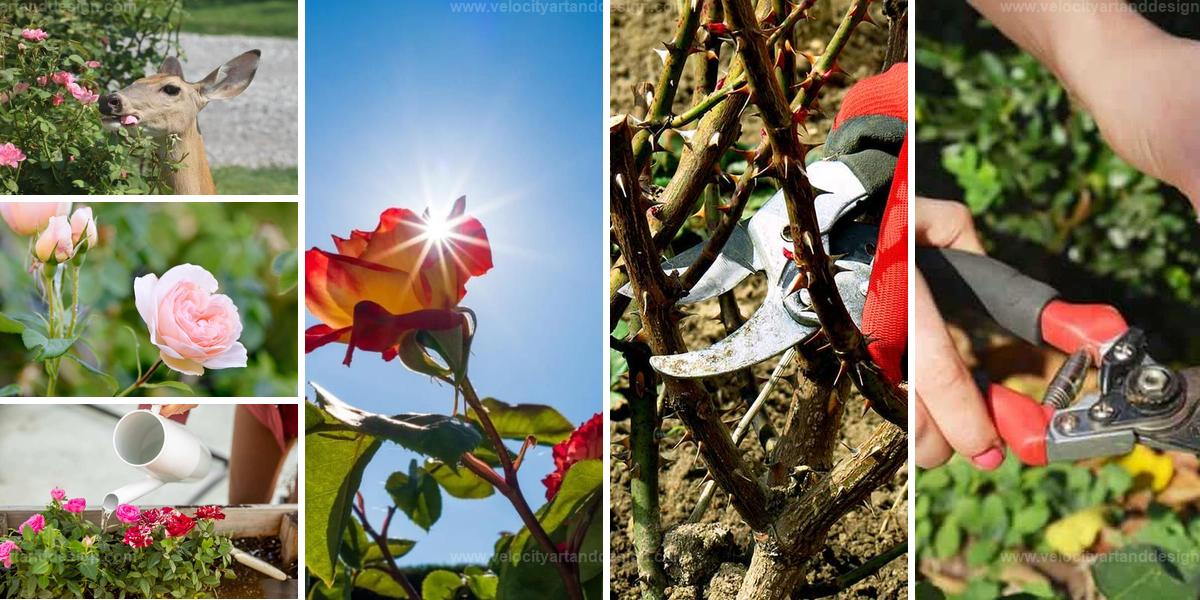
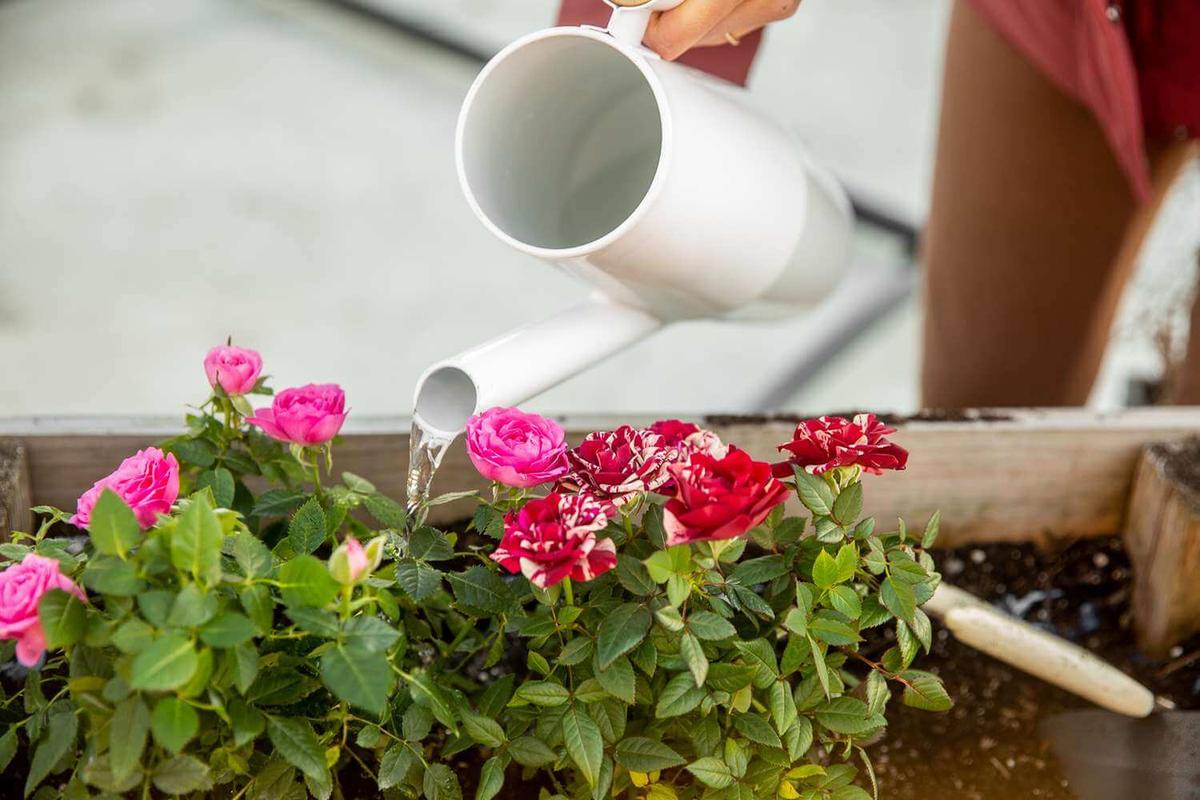
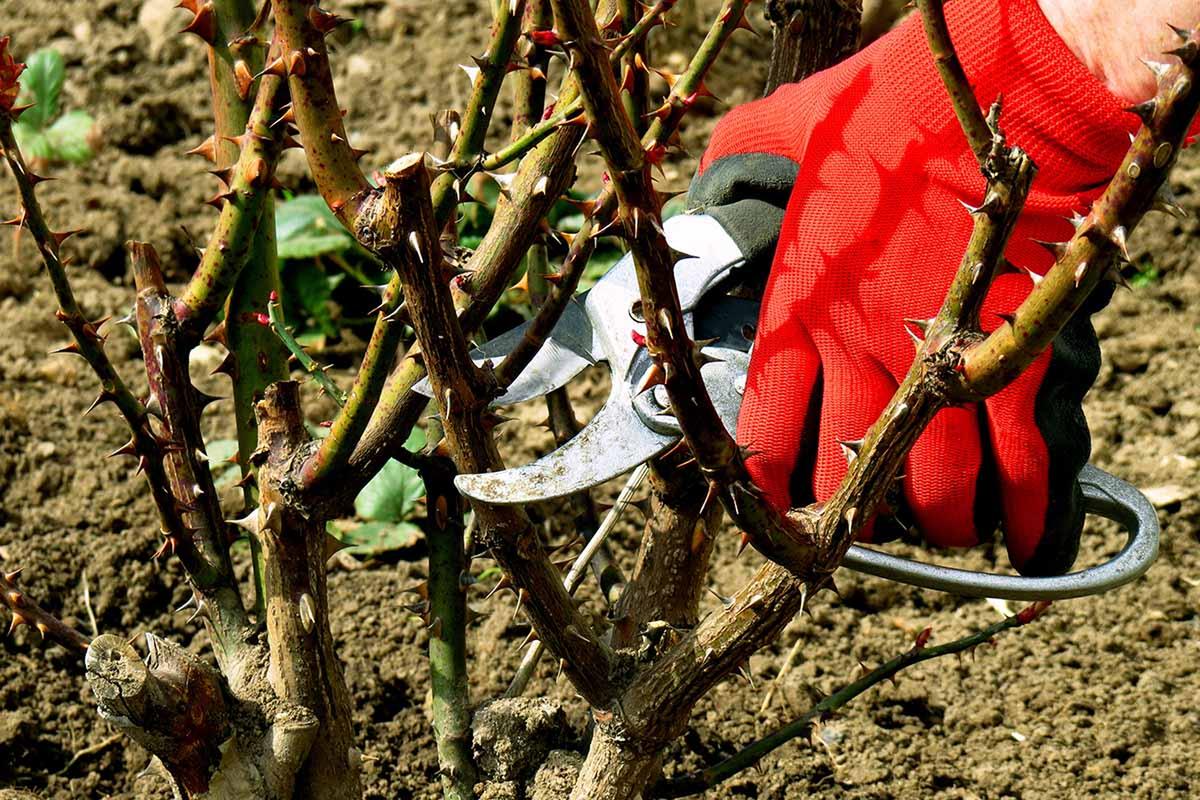
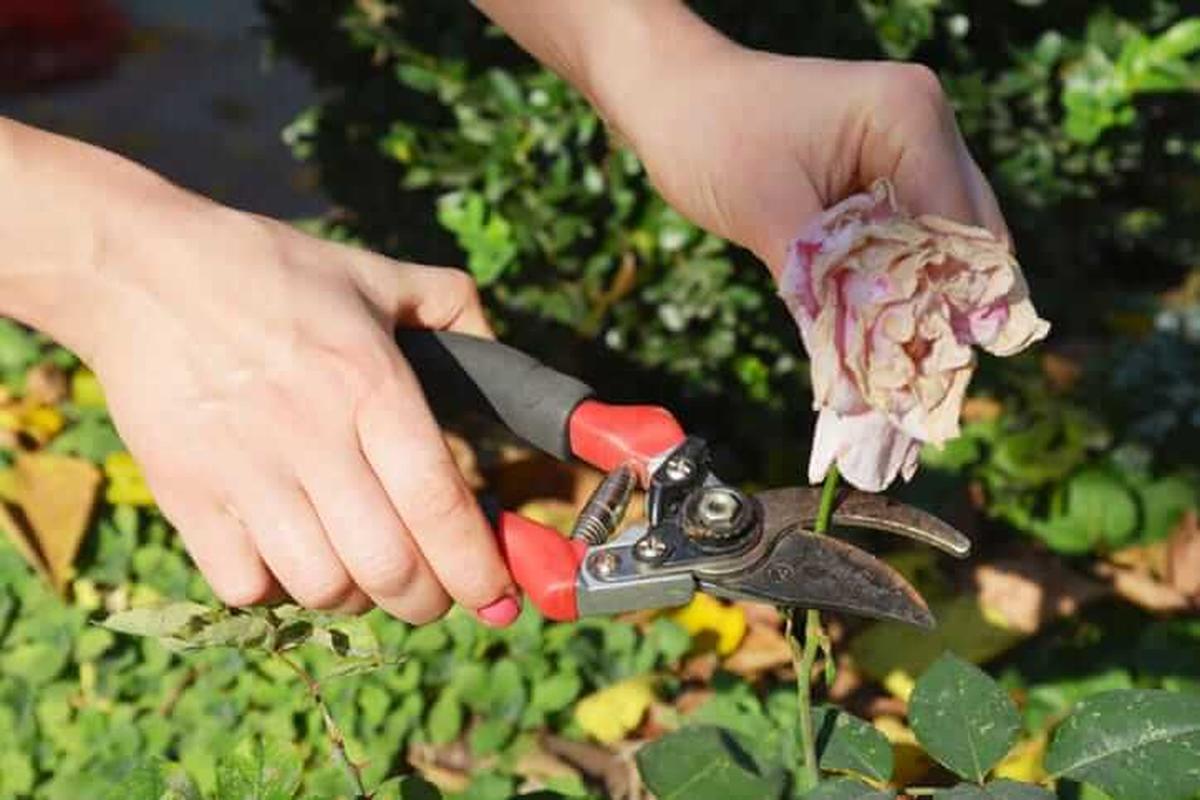
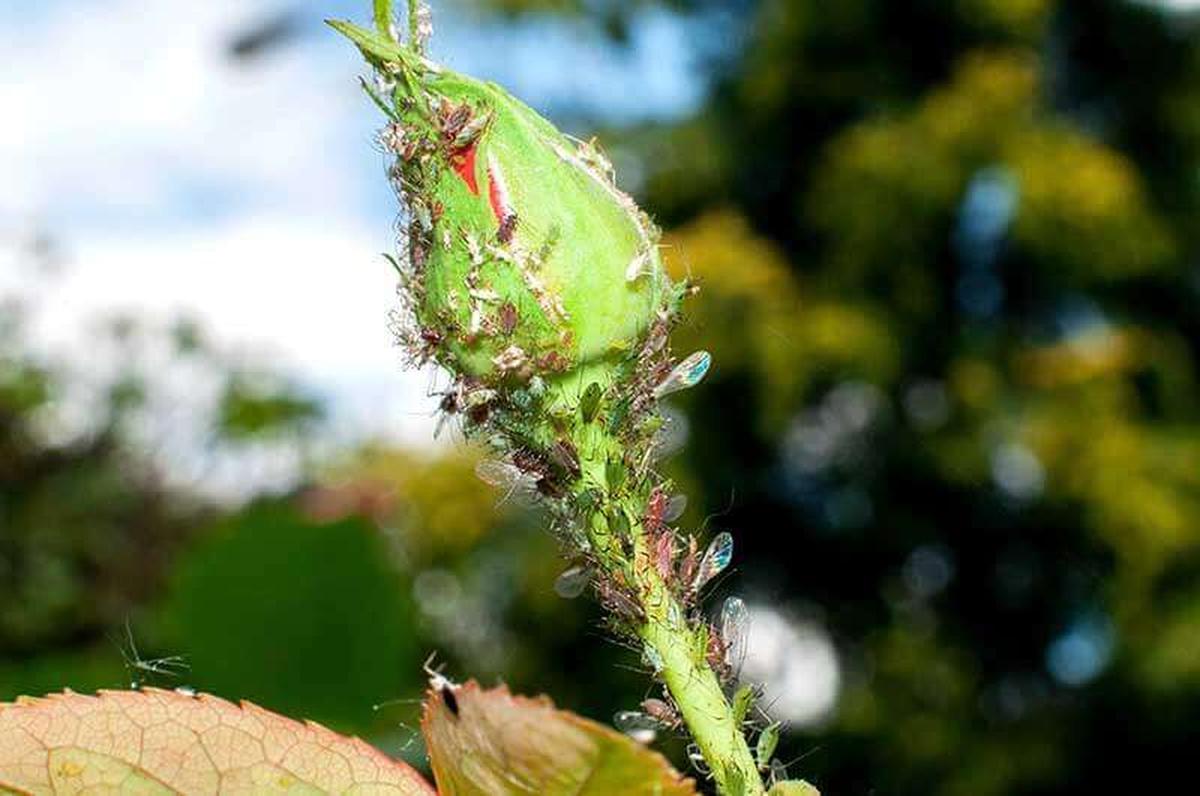
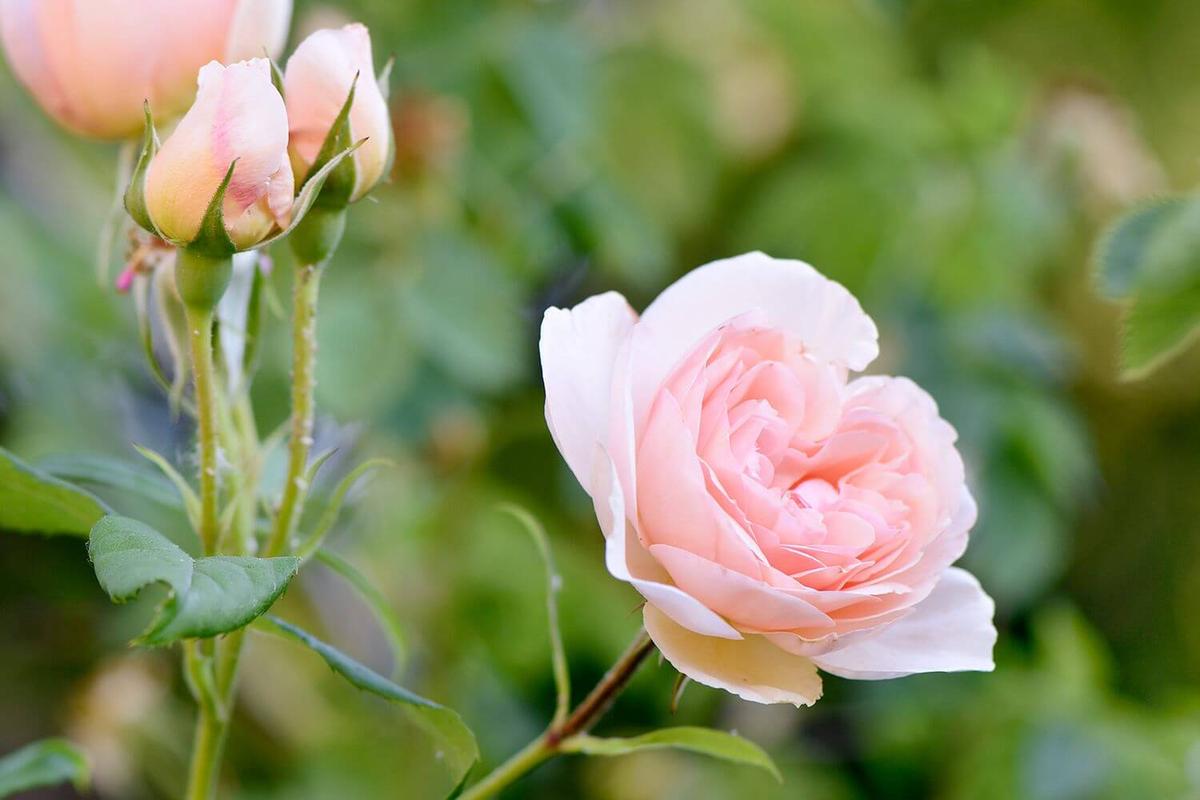

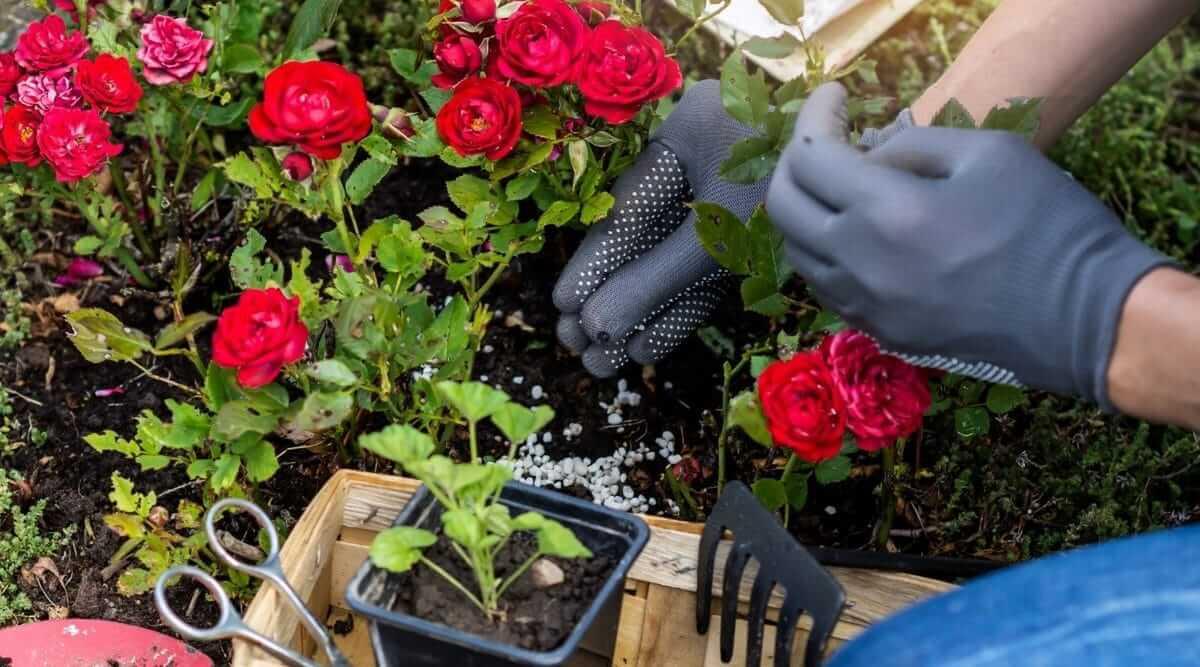
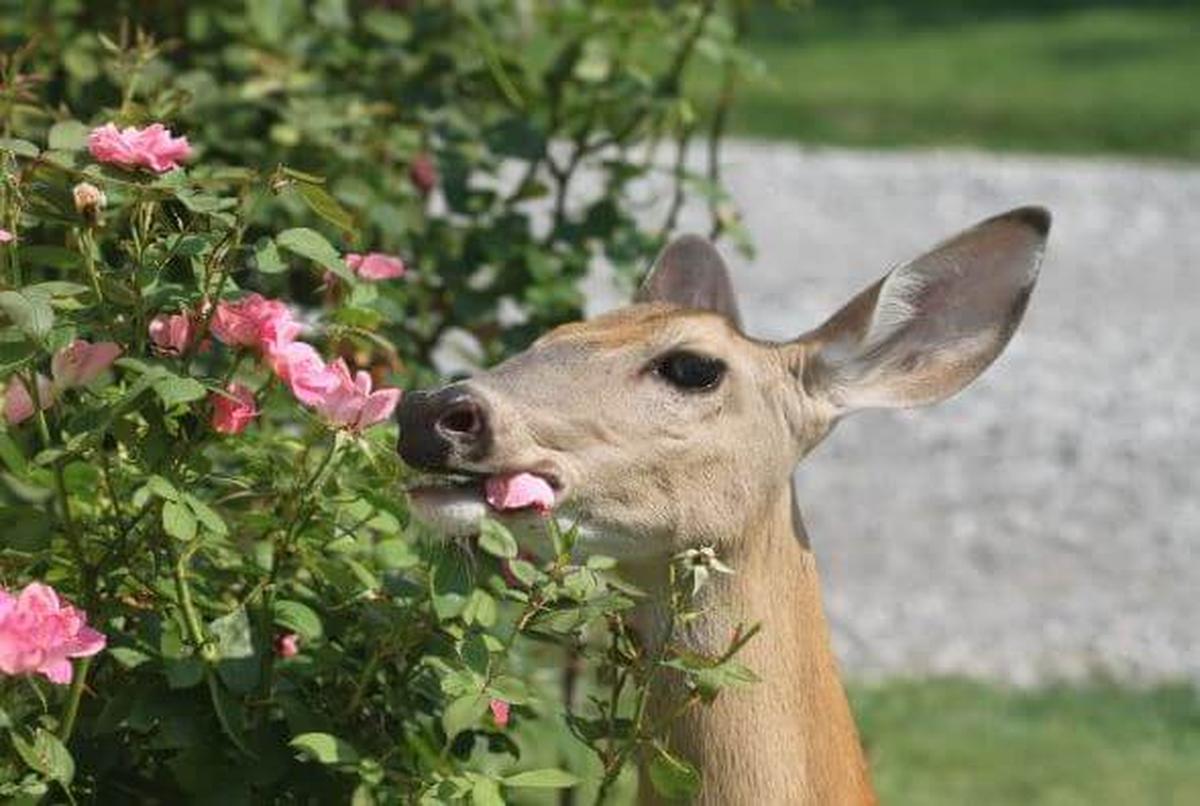
James Turner
Founder & Lead Designer
Expertise
Interior Design, Sustainable Design Practices, Spatial Planning, Innovative Material Applications, Contemporary Art Techniques, Visual Communication, Multimedia Artistry, DIY Design and Home Projects, Eco-Friendly Living Spaces, Creative Solutions
Education
University of Cincinnati College of Design, Architecture, Art, and Planning (DAAP)
Columbus College of Art & Design (CCAD), Columbus, OH
James Turner is the founder and lead designer at Velocity Art and Design. He studied Interior Design at the University of Cincinnati, focusing on eco-friendly design and smart use of space.
Later, he expanded his artistic skills with a Fine Arts Certificate from the Columbus College of Art & Design, where he learned about modern art and visual storytelling.
With over 10 years in design, James is passionate about making spaces that are both beautiful and practical. He shares his DIY tips and creative ideas to inspire others to explore their own creativity and transform their living spaces.